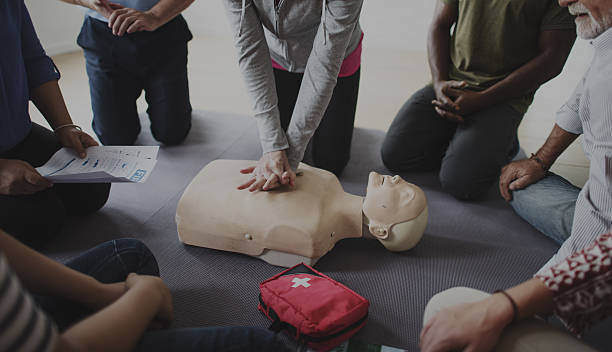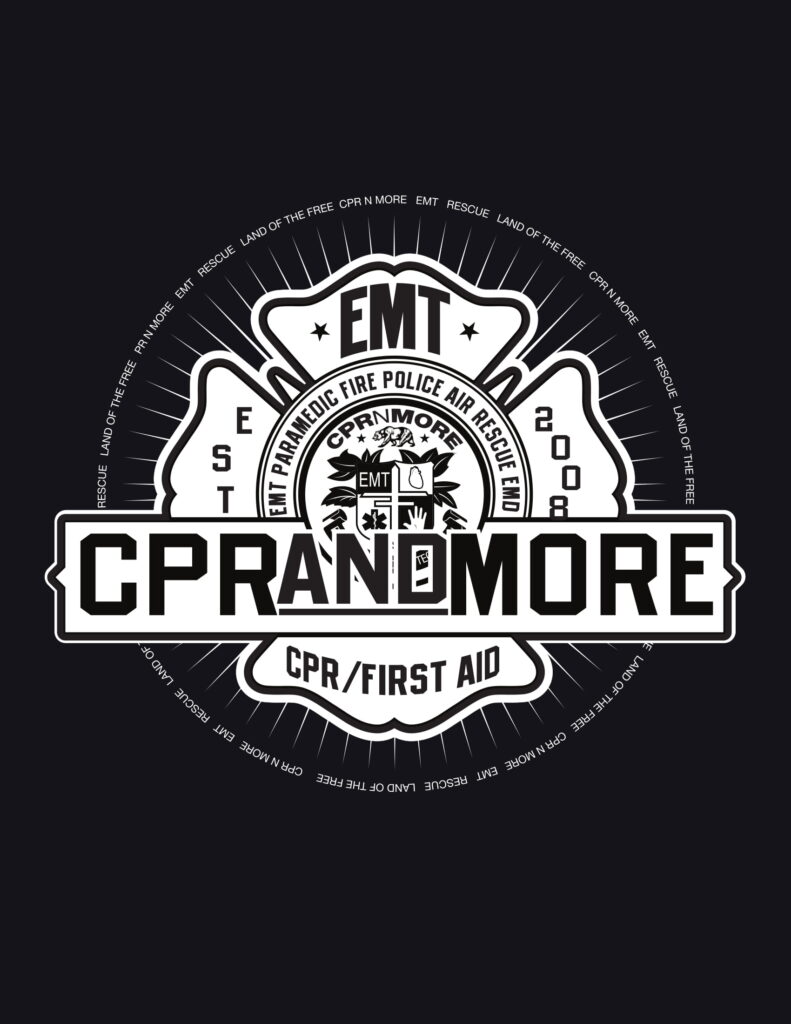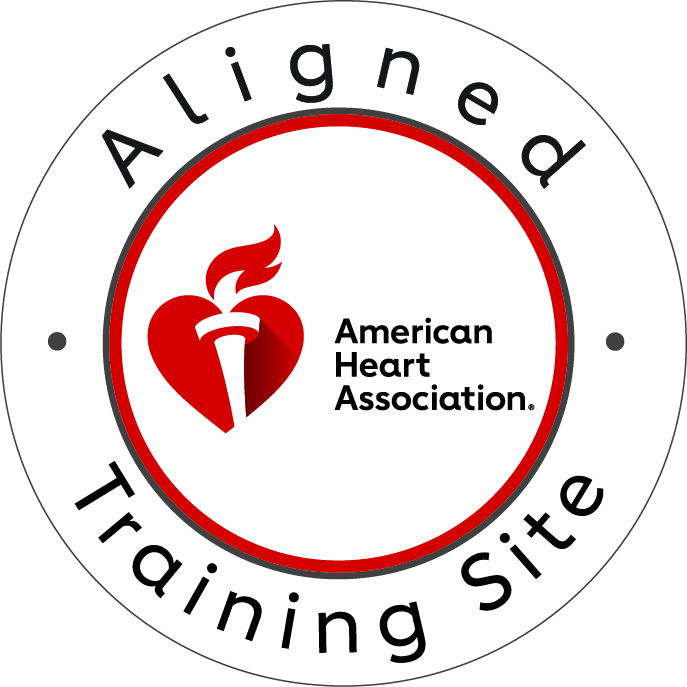The American Heart Associations launch
The American Heart Association (AHA) has revolutionized the way we perform cardiopulmonary resuscitation (CPR) with the launch of its hands-only CPR program. The Heart Association released a clever 90-second video advertising hands-only CPR.
The AHA has worked with DJ Earworm to create an uplifting, powerful tune. Which is a powerful reminder of the speed at which chest compressions should be performed in CPR.

Hands-only CPR is a useful skill for people who aren’t comfortable giving mouth to mouth. CPR can save lives as well and is important under any circumstance.
The American Heart Association website offers resources, including videos showing how to perform hands-only cardiopulmonary resuscitation. We recommend the use of accredited programs, such as online programs. If you have attended a CPR course in the past, you can practice your hands-only CPR at home.
The benefits of Hands-Only CPR
Recently, doctors have been encouraging people to learn hands-only CPR in case of emergency situations. It’s a welcome change because it’s so much easier for more people to initiate CPR. Take a few minutes to learn hands-only CPR during your downtime. It can be useful anywhere, anytime.
The first step in hands-only CPR is to call 911. Once an automated external defibrillator arrives and is ready to use, rescuers can continue their work. The time between immediate reaction and when a defibrillator arrives is crucial.
With hands-only CPR, there are only two steps to remember: call 911 and start chest compressions. If you can be the first person on the scene and start chest compression, otherwise anyone with CPR certification should take the answer. Hands-only cardiopulmonary resuscitation is useful and a quicker alternative to conventional CPR because mouth-to-mouth ventilation instructions are given by telephone.
Hands-Only CPR vs. Conventional CPR Methods
If you feel uncomfortable giving a stranger mouth-to-mouth because the other person may have COVID-19, hands-only CPR should be done before help arrives. Hands exclusive CPR is beneficial because it helps to resolve the discomfort of untrained bystanders with performing CPR and the health concerns they have regarding mouth-to-mouth ventilation.
Hands-only CPR significantly increases the chances of survival for people with cardiac arrest compared to those who would have been trained in conventional CPR. Stayin Alive has a great article on hands-only CPR.
Hands-only CPR performed by bystanders when they witness cardiac arrest has been shown to be as effective as conventional CPR in emergencies occurring at home, at work, or in public. Only about one in five people in the U.S. hospital system survives without CPR, according to the Centers for Disease Control and Prevention (CDC).


